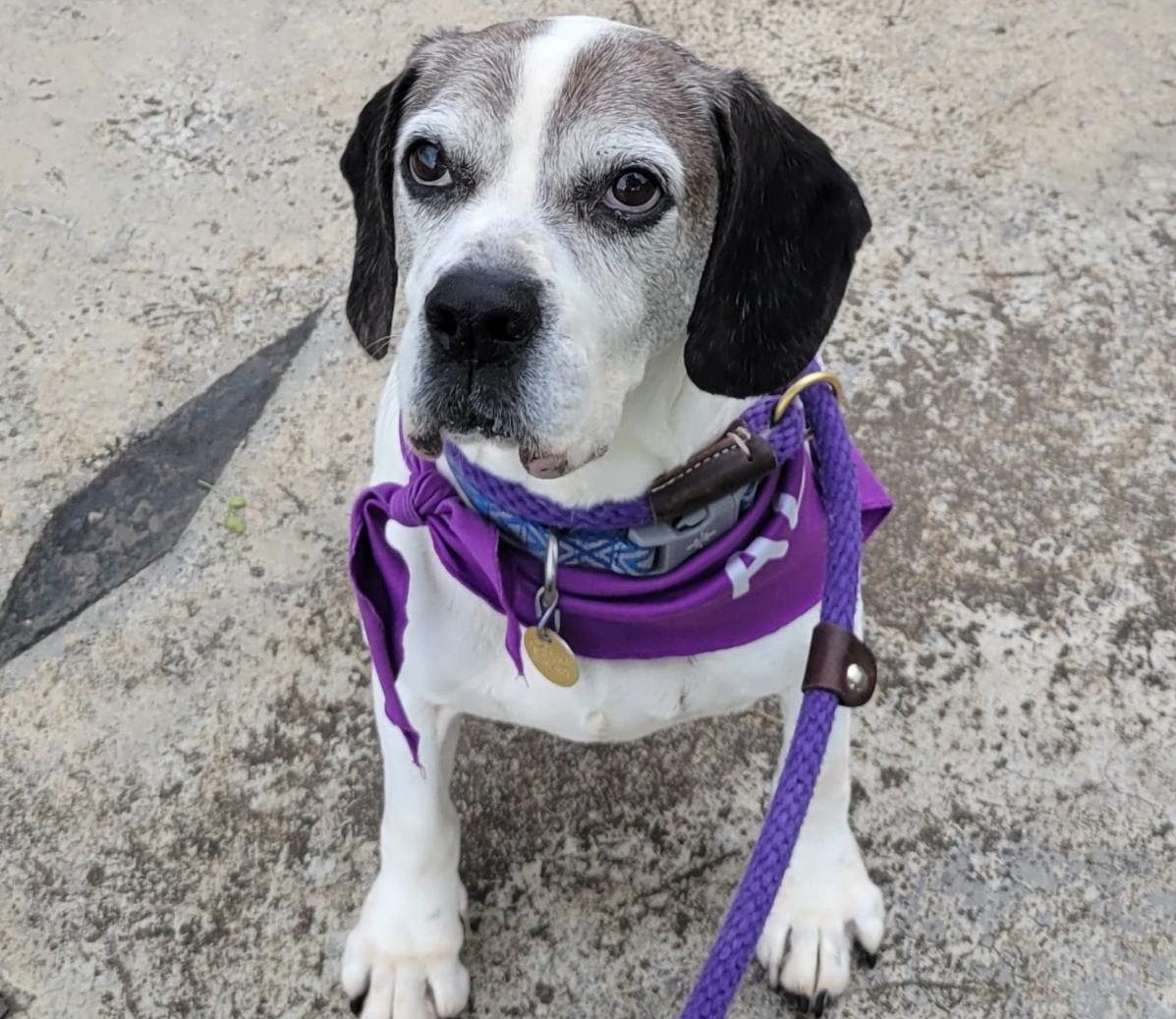A. Thank you for writing. It’s not uncommon for young children to be afraid of dogs. Many dogs and young children are at eye level, and it can be scary if even a friendly dog starts to jump, pant or bark excitedly. And I can tell you with a good amount of certainty that, yes, your nanny’s fear definitely affected your children.
Babies and preschoolers take all their cues from their attachments, and we adults can make them fearful of just about anything. If the nanny became tense, held her breath, crossed streets or even said things under her breath when they encountered a dog, your children interpreted all of it as “those things are dangerous”. The hard part is they don’t have many memories of this, it’s just automatic. Dogs equal danger. The good news is they are still so young that their fears have not fully baked into phobias yet.
You are only supporting their fears by crossing streets and leaving parks. I don’t blame you for this — it’s easier than listening to the screaming — but it’s behavioural science 101: rewarding this behaviour gets you more of it, period. Slowly introducing and exposing your children to dogs will help them titrate their fear and grow more courage in a controlled manner. There are things you can do to help your kids deal with their fear of dogs.
Firstly, regulate your own reactions when you see dogs out and about. Don’t push your children towards them, but also don’t have a big reaction or run away. Keep your energy level and allow the children to hang on to you. It is okay if they cling and, when the dog passes, say: “You guys are so brave; I am so glad you hugged me! Good job!” By staying steady, you are communicating to your children that they are safe.
Next, go to the library and get lots of books with dogs in them. Cartoon dogs and pictures of real dogs. Take your time pointing to the dogs and how the people are with them. You can also do this with TV shows and movies. Point out how people don’t put their faces into the dogs’ faces, or how the people pet the dogs. And say, “it is okay to be afraid of dogs, some of them are big, right?” Allow lots of questions and keep it short.
If you notice the clinging is better at parks and they are more curious about the books, you can take them to a dog park or you can sit outside and watch dogs get walked. You can point to the dogs and say: “Do you see how they sniff? They can smell so many things we can’t!” Do not force any interaction; let the children lead it.
When you feel the children are ready to meet a dog, use a stuffed animal for a practice run. Teach them how to ask the owner if the dog is friendly, how to offer their hand (in a fist) to the dog to sniff and good places to pet dogs. The big rules: no fast movements and no pulling of anything (hair, ears, tails). And remind your children over and over: you never have to pet an animal if you don’t want to!

Finally, ask someone in your community to share their friendly dog with your family. Have this friend stop by with the dog (after preparing your children) and the children can wave from the door. If the children are willing, have them get closer and closer to the dog. Model approaching the dog and petting it for the kids, narrating what you’re doing the whole time.
You may need to do all of the above steps or only a few. Young children can change quickly, so I wouldn’t be surprised if they gain confidence quickly. Keep an easy feel with all of it: They will get there! Good luck!








